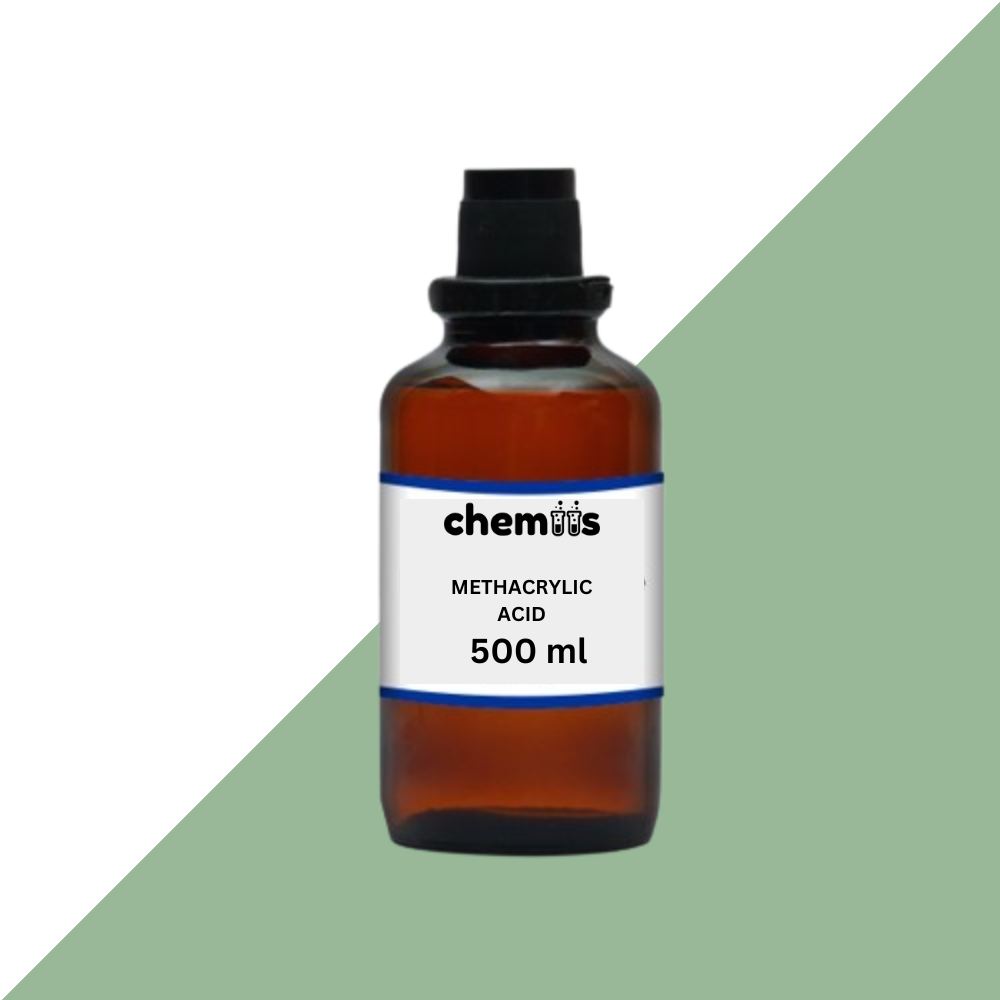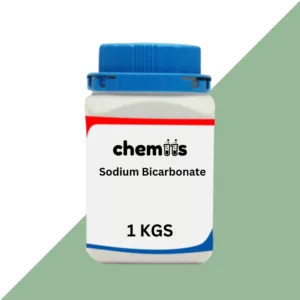Methacrylic Acid (MAA) is a versatile organic compound widely used in the production of polymers, resins, and specialty chemicals. Its reactive carboxylic acid and vinyl functional groups make it a critical building block in various industrial applications. Below are the primary applications of Methacrylic Acid:
- Polymer and Resin Manufacturing
- Used as a monomer in the production of methacrylic esters and co-polymers.
- Key ingredient in manufacturing acrylic resins for paints, coatings, and adhesives.
- Paints and Coatings
- Improves adhesion, weather resistance, and durability of paints and coatings.
- Commonly used in water-based and solvent-based formulations for industrial and architectural coatings.
- Adhesives and Sealants
- Enhances the bonding strength and performance of adhesives and sealants, especially in demanding environments.
- Textile Industry
- Used to create fabric finishes that improve durability, stiffness, and wrinkle resistance.
- Ion Exchange Resins
- Essential in the production of ion exchange resins used for water purification and separation processes.
- Medical and Dental Applications
- Used in the formulation of specialty polymers for medical devices, dental materials, and drug delivery systems.
- Automotive Industry
- Included in coatings and adhesives to improve corrosion resistance, adhesion, and finish quality for automotive components.
- Plastic Modifiers
- Enhances the impact resistance and transparency of plastic products like Plexiglas.
Safety and Handling Instructions
- Personal Protection:
- Wear chemical-resistant gloves, safety goggles, and protective clothing to prevent skin and eye contact.
- Use a respirator in areas with inadequate ventilation to avoid inhaling vapors.
- Storage:
- Store in a cool, well-ventilated area away from heat, sparks, and open flames.
- Keep the container tightly sealed and away from incompatible materials like strong oxidizers and bases.
- First Aid Measures:
- Skin Contact: Wash immediately with soap and water. Remove contaminated clothing.
- Eye Contact: Rinse with water for at least 15 minutes and seek medical attention.
- Inhalation: Move to fresh air and seek medical help if breathing difficulties occur.
- Ingestion: Do not induce vomiting; seek immediate medical attention.
- Fire and Spill Control:
- Flammable liquid; use foam, dry chemical, or carbon dioxide extinguishers for fires.
- In case of spills, contain the material and absorb with inert materials. Dispose of according to local regulations.
- Environmental Precautions:
- Avoid release into waterways as it is harmful to aquatic life.
- Follow all regulations for safe disposal and environmental protection.








Reviews
There are no reviews yet.